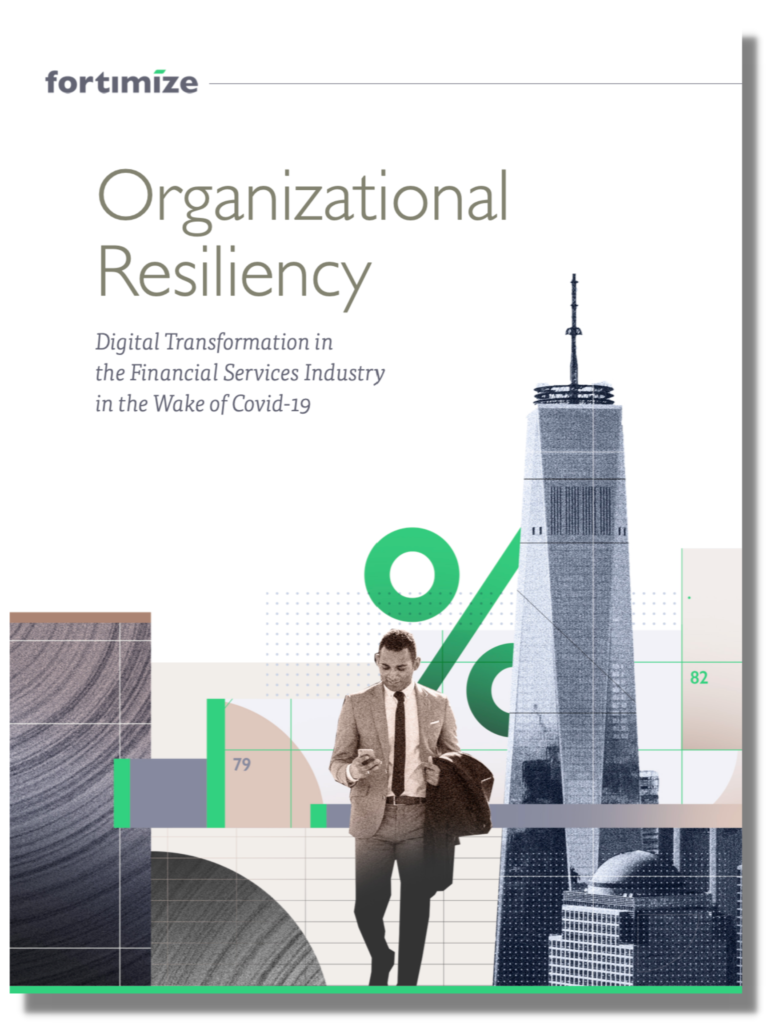Information silos and disconnected operations have led to an over reliance on spreadsheets in Real Estate. We believe there is a better way.
Why is that a problem?
Imagine it’s the end of your fiscal year.
Updated asset plans are due in a few weeks. The finance team is in the middle of closing the books and preparing reports for investors. The transactions team is demanding recent performance data to evaluate a new deal. You look across your department and see employees tapping away at keyboards and dialing phones.
Spreadsheets with countless rows of data being manipulated…
Numerous calls to operating partners and property managers…
Exhausted analysts crunching the same numbers as they still don’t add up…
These activities are unfortunately all too common across the Real Estate industry when organizations are updating asset plans, forecasting financials, or simply trying to make intelligent decisions to manage portfolios.
However, you’re a different kind of leader in your organization.
Connected data sources and clean reports can transform your business.
At Fortimize, we prioritize meeting you where you are and bringing you along for the journey of transforming your organization. To help a Real Estate organization experiencing the above issues we would:
- Prioritize a high-impact business process (ie.Asset Planning, Forecasting, Investor Reporting)
- Identify existing data sources and key data points related to this process
- Create a technology model to systematically aggregate that data on a recurring basis
- Partner with stakeholders to create visuals and reports to streamline the business process
- Sit back and watch you enjoy all your new available time for other business priorities as automated business processes compile and aggregated accurate data
Start with a Property 360 report to demonstrate value.
Many organizations struggle to decide where to start on their data and visualization journey. We recommend creating a straightforward asset dashboard because it can be used daily by a variety of end-users for different use cases. Examples include:
- Asset managers can see key metrics like occupancy, NOI, and operating actuals compared to original budgets and update asset plans accordingly
- Finance teams can compile datasets for investor reporting to quickly share contractually obligated outcomes and investment results
- Investor Relations can see portfolio and asset performance aggregated in clean views ready for investor presentations
- Property Managers can review the details of their expenditures by category and document variances for budgeting teams
- Transactions teams can see a live view of existing assets to serve as comparison to active deals and new targets
Whatever goals you have on your data and technology journey, we would love to be your advisor and solution partner. Connect with us. Let’s discuss what’s possible.
